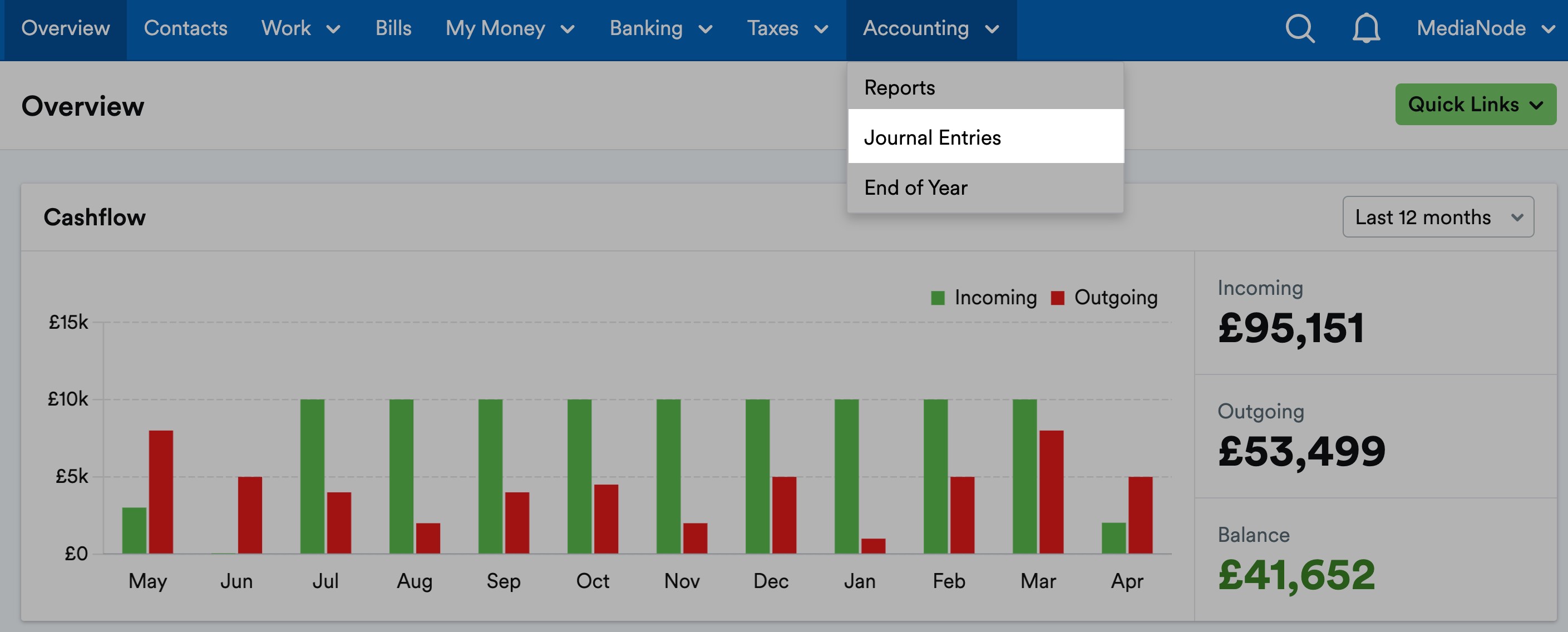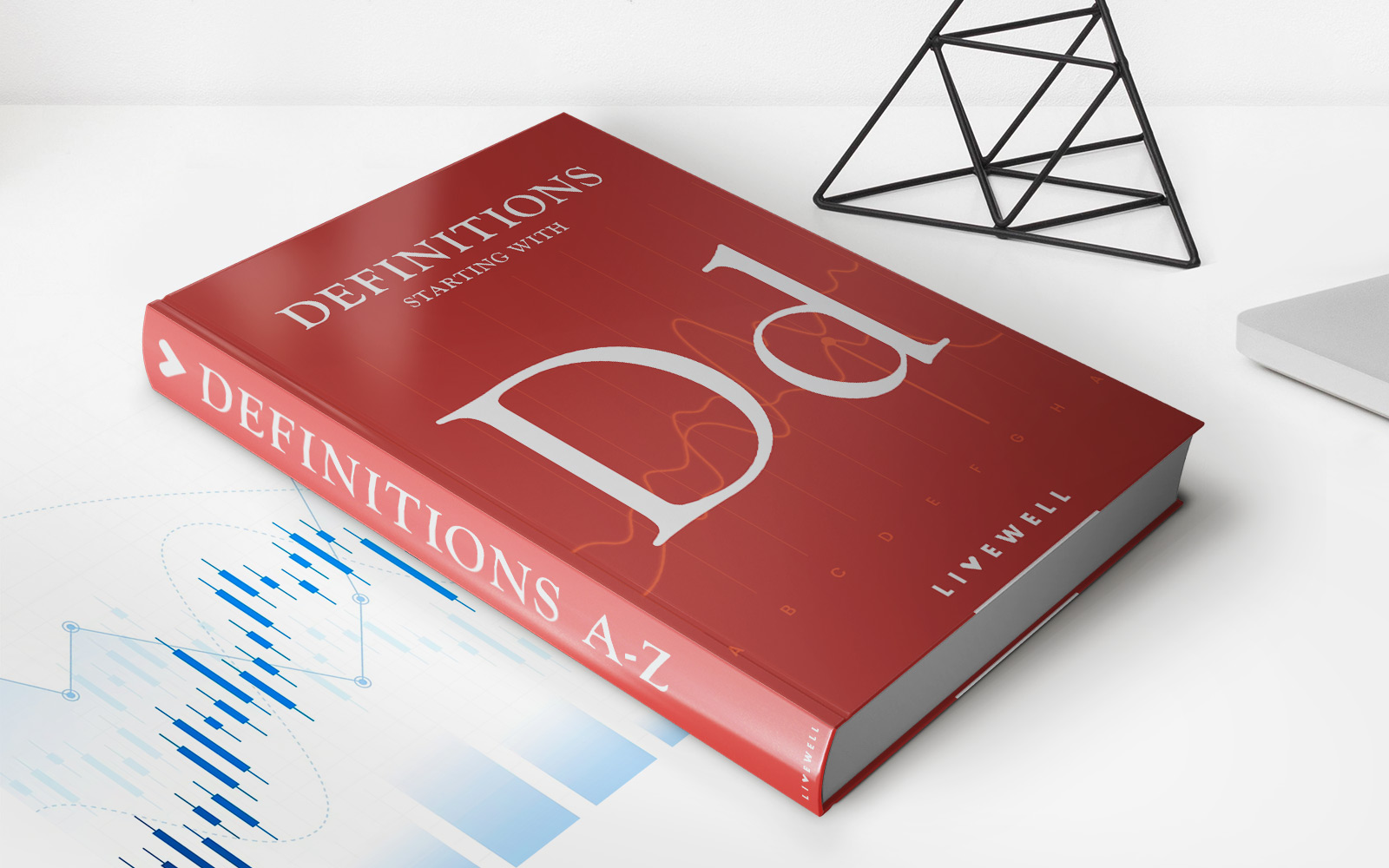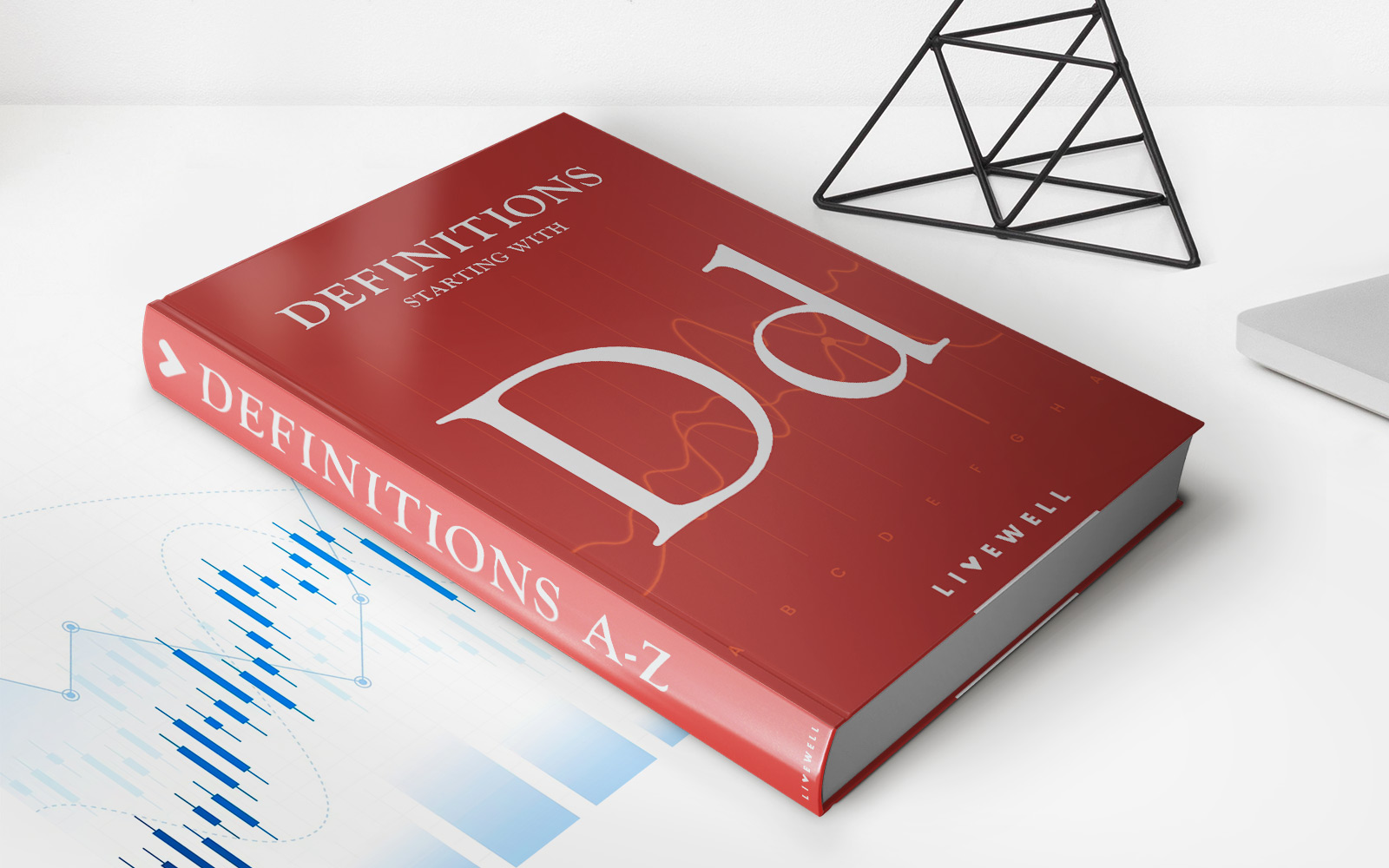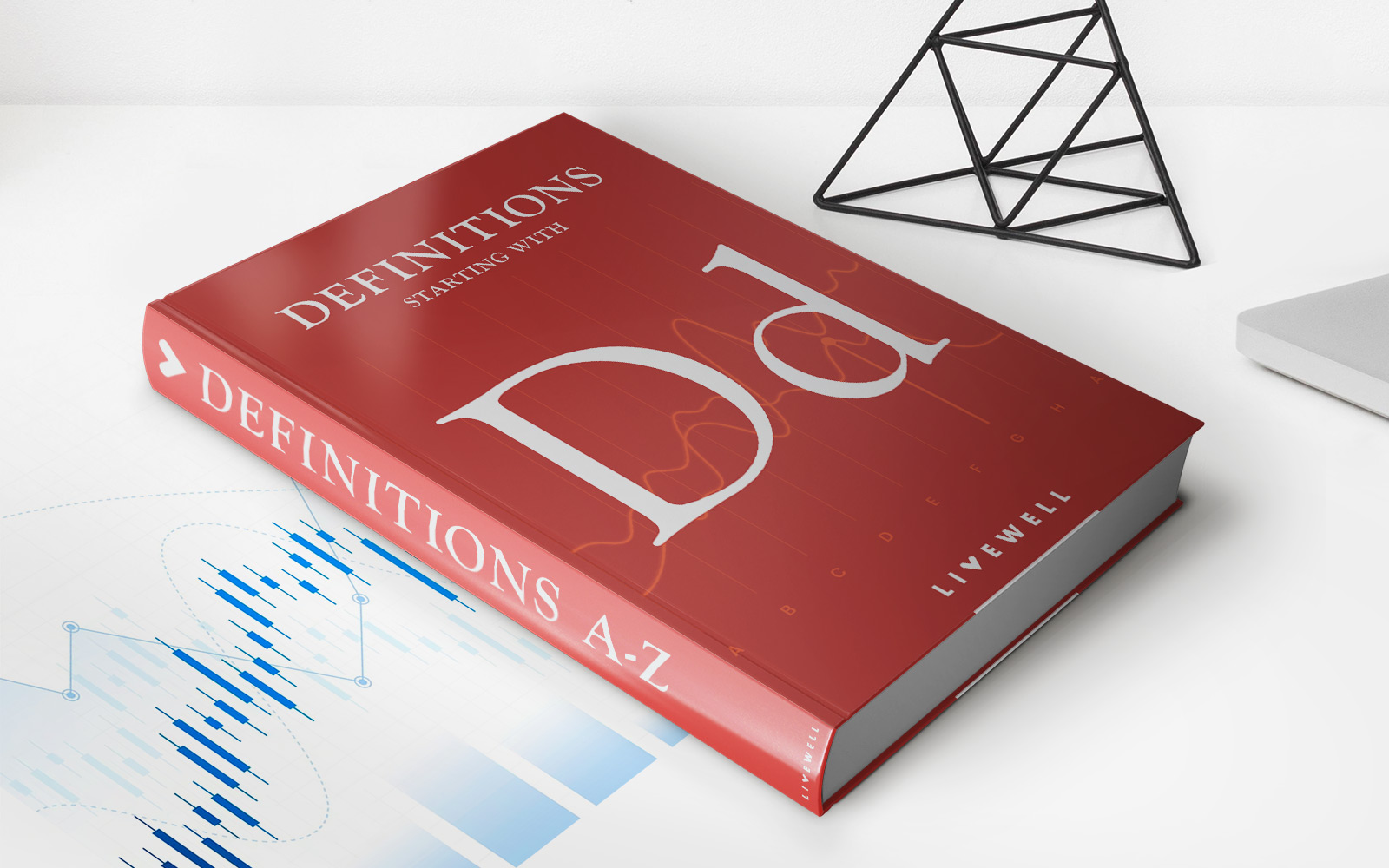

Finance
Dangling Debit Definition
Published: November 7, 2023
Learn what a dangling debit is in the world of finance and how it can impact your financial transactions and balances.
(Many of the links in this article redirect to a specific reviewed product. Your purchase of these products through affiliate links helps to generate commission for LiveWell, at no extra cost. Learn more)
The Dangling Debit Definition Explained: What You Need to Know
When it comes to managing your finances, understanding the terminology is crucial. One common term you may come across in the world of finance is the dangling debit. But what exactly does this term mean, and how does it impact your financial situation? In this blog post, we will provide a comprehensive definition of dangling debit and its significance in personal finance.
Key Takeaways:
- Dangling debit refers to a negative balance in a bank account caused by pending transactions.
- It can occur when a transaction is authorized, but the funds have not been deducted from the account yet.
Understanding Dangling Debit
Dangling debit refers to a situation where a bank account shows a negative balance due to pending transactions. When you make a purchase using a debit card or write a check, the transaction may not be immediately reflected in your account balance. This delay typically occurs when the transaction is authorized by the merchant or recipient but has not been fully processed by the bank.
During this processing time, the funds required for the transaction are technically still in your account, although they are earmarked for the intended purchase or payment. However, until the transaction is officially processed and the funds are deducted from your account, it creates a negative balance known as a dangling debit.
So how does this impact your financial situation? Here are a few key points to consider:
- Potential Overdraft Fees: If you have pending transactions that result in a dangling debit, it’s essential to monitor your account closely. If additional purchases or payments are made before the transactions process, you may end up overdrawing your account and incurring overdraft fees.
- Temporary Negative Balance: It’s important to understand that a dangling debit is typically a temporary situation. Once the pending transactions are fully processed, the negative balance will be resolved as the funds are deducted accordingly.
While the concept of dangling debit may seem concerning, it’s essential to keep track of your pending transactions and ensure that you have sufficient funds in your account to cover them. By staying on top of your finances and being aware of any potential dangling debit situations, you can avoid unnecessary fees and ensure the smooth management of your financial accounts.
In conclusion, dangling debit refers to a negative balance caused by pending transactions that have not been fully processed by the bank. It’s a temporary situation that can potentially lead to overdraft fees if additional purchases or payments are made before the pending transactions are resolved. By maintaining a close eye on your account and being proactive in managing your finances, you can navigate the world of dangling debit with confidence.














